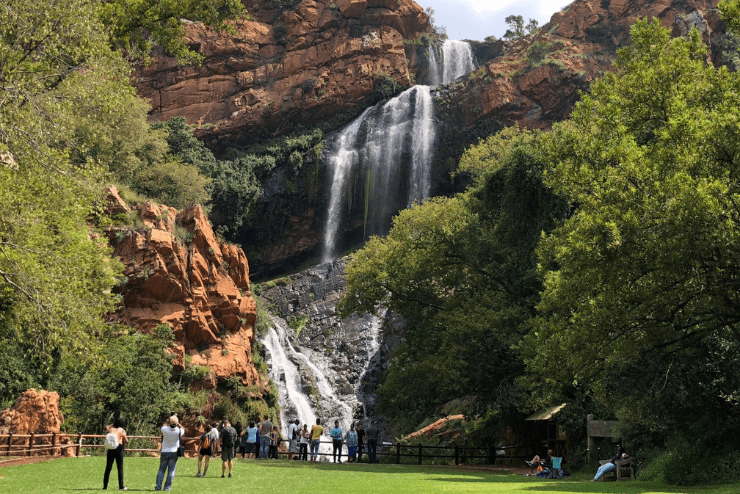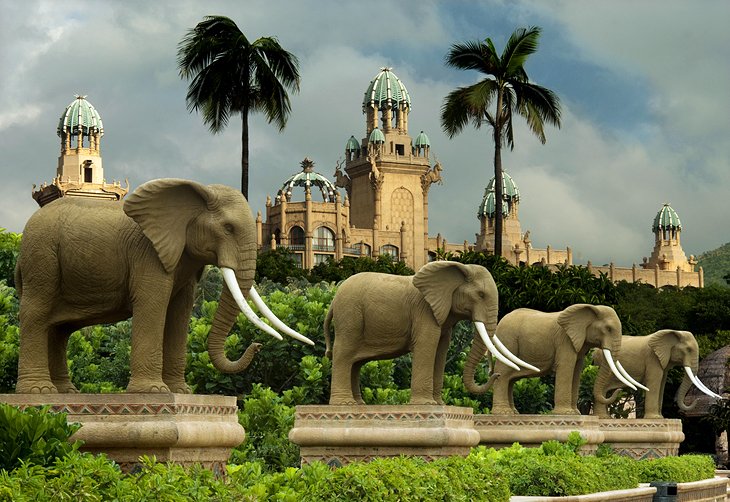What Does Johannesburg North Attractions Mean?
What Does Johannesburg North Attractions Mean?
Blog Article
Some Known Details About Johannesburg North Attractions
Table of ContentsJohannesburg North Attractions Things To Know Before You Get ThisWhat Does Johannesburg North Attractions Do?Things about Johannesburg North AttractionsThe 15-Second Trick For Johannesburg North AttractionsThe Facts About Johannesburg North Attractions RevealedJohannesburg North Attractions - Questions
The city owes its location to the presence of an even much more precious source: gold. The city expanded on the edge of the Witwatersrand Main Reef, a below ground stratum of gold-bearing quartz-silica conglomerate that arcs for numerous miles below the Highveld. The majority of the gold mines in the city discontinued operation in the 1970s, yet in its day the Witwatersrand gold market accounted for greater than 40 percent of the world's yearly gold production.Johannesburg has a warm climate. The city appreciates about eight hours of sunlight per day in both winter season and summertime.
What rain the city obtains drops nearly exclusively in the summertime, usually in amazing late-afternoon electrical tornados. Air pollution poses a substantial problem, particularly in the winter months, when thermal inversions impede the westward flow of air from the Indian Ocean. Contamination is most severe in the largely cleared up Black towns on the city's periphery, where numerous residents still depend on coal for gas.

4 Simple Techniques For Johannesburg North Attractions
The balance of the city is inhabited by whites. Accommodation varies in character and high quality. Soweto is infamous for its unlimited rows of municipally developed, two-room matchbox homes, yet it additionally has a few flourishing enclaves as well as brimming squatter camps, where 10s of thousands live without water, electricity, or hygiene facilities.
Physical development, although rather restricted by transportation, continued rapidly as immigration to South Africa, and Johannesburg in certain, raised substantially.
Many inadequate residential areas were mixed, with bad blacks and whites cohabiting, although the affluent residential areas were usually booked for whites. This transformed with the election of the National Event in the 1948 elections, that began to formalise the system recognized as discrimination. Discrimination officially assigned which residential areas each race can reside in under the Group Areas Act.
The previous system of eleven phoned number regions was reorganised in 2006. Marshalltown, as seen from the top of the Carlton Centre. The M1 and M2 run behind the structures, and the southern suburban areas extend past the highway boundary. The central city of Johannesburg lies within the city's Region F. The approximated population of the area is 200,000, [] but the number of people residing in the internal city on an informal basis is unknown, as several are illegal aliens. Many higher-income residents and white people have relocated to the northern suburban areas and have been replaced by lower-income black individuals. The joblessness, education, and age accounts of the area are all unidentified, due to the problem of getting trustworthy information concerning the location.
Johannesburg North Attractions for Beginners
Centred on the CBD, the region includes the suburbs of Yeoville, Bellevue, Troyeville, Jeppestown, and Berea to the eastern. To the west it infects Pageview (Johannesburg North attractions) and Fordsburg. There are little industrial parks to the south, such as City West-Denver and Benrose. Around 800,000 commuters go through the internal city daily, and it functions as a regional shopping node for visitors from the southern suburban areas. Yeoville and Bellevue have a mix of home structures and single household devices on tiny lots. The region lies on a mountainous divide that ranges from eastern to west. The most obvious geographic feature is Observatory Ridge, which is called for the large observatory situated on it. The recreational rooms are no more used, due to security problems.

Johannesburg North Attractions Fundamentals Explained
The eastern residential areas are some of the earliest locations of Johannesburg, there are large communities of Jewish and other European histories, the majority of the populace is English speaking. There are three golf training courses as well as a number of protected ridges with viewsites.
The location is mainly composed of old "matchbox" residences, or four-room houses built by the federal government, that were developed to supply low-cost accommodation for black workers throughout racism. Soweto is an abbreviation, standing for "South Western Townships". Street after road around is lined with matchboxes; however, there are a couple of smaller sized locations where flourishing Sowetans have built residences that are a lot more comparable in stature with those in even more wealthy residential areas.
Hostels are an additional prominent physical function of Soweto. Originally built to house male migrant employees, numerous have actually been enhanced as homes for couples and families. The N1 Western Bypass skirts the eastern limit of Soweto. The suburb was not traditionally permitted to produce work centres within the area, so mostly all of its locals are travelers to other parts of the city.
The Buzz on Johannesburg North Attractions
The property areas in the north suburbs are primarily formal, with no significant locations of casual housing, or housing that lacks a permanent framework. This is an established area, there is a trend of check this site out land use modification from domestic to industrial, specifically along main arterial roadways and around established nodes.
The area is well attached to roadway networks, specifically along the north-south axis developed by the M1 and N1. Roads to the eastern and west are less well developed, as there are no highways travelling because direction. In my blog the direction of the north border of the city, the density of advancement decreases, leaving huge areas of untaught land around Midrand.
Not known Details About Johannesburg North Attractions
, which is situated on a hillside overlooking the inner city and Hillbrow.
Report this page